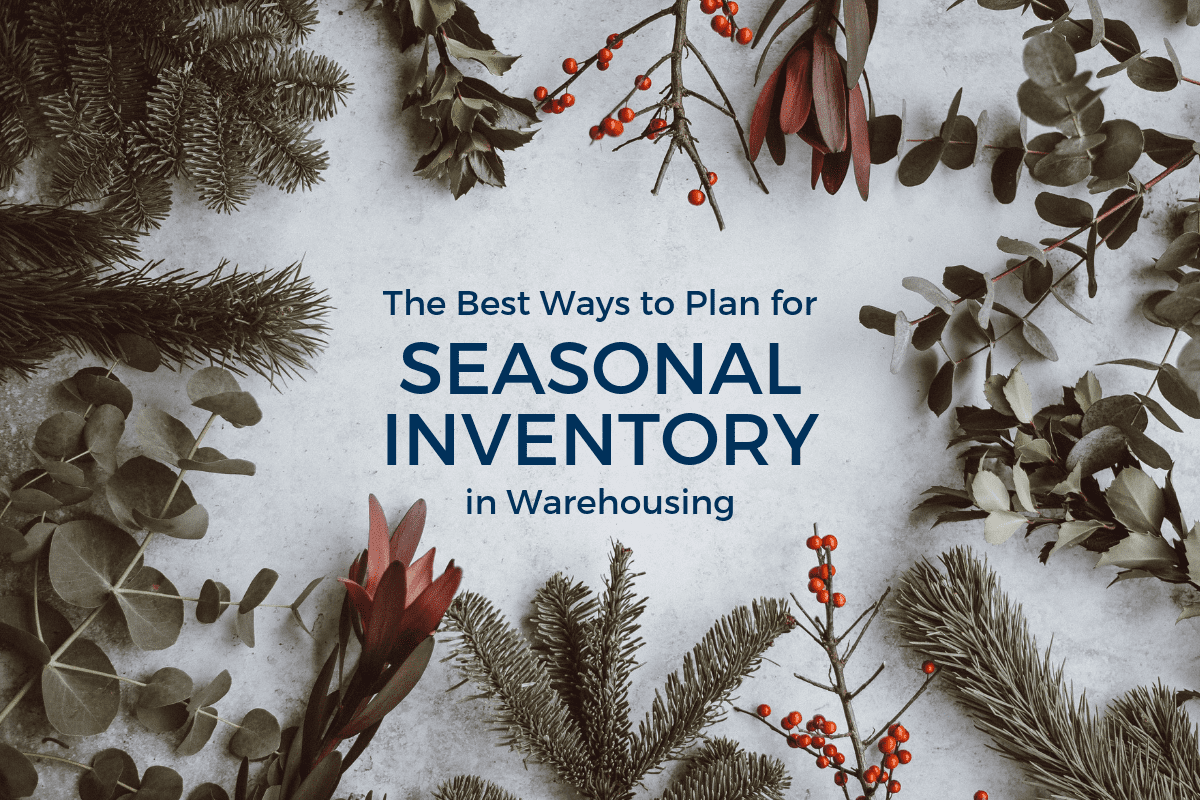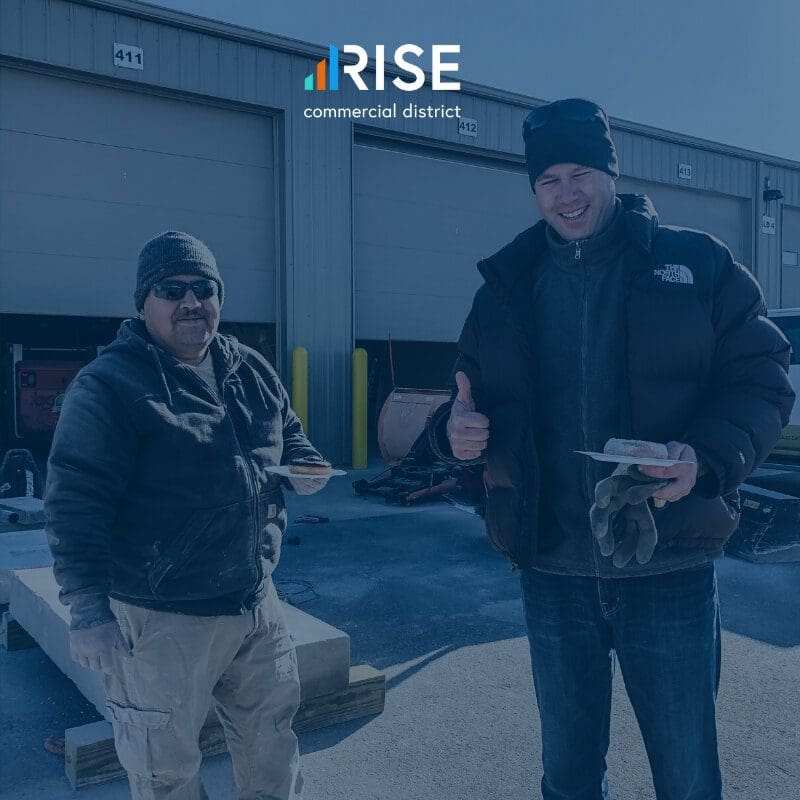Optimizing warehouse efficiency is crucial for business success, especially when renting space. Discover valuable tips for successful warehouse rental to enhance your experience, including selecting the correct warehouse, engineering strategic workflows and maximizing your rental’s potential.
Warehouse Efficiency for Maximum Profitability
Today’s markets are highly competitive, and optimizing warehouse efficiency is essential for businesses looking to maximize profitability. Having efficient warehouse operations helps streamline processes and reduces costs. Examine warehouse efficiency and why it is crucial for your bottom line.
How Warehouse Efficiency Can Maximize Profitability
Warehouse efficiency is fundamental for profitability because it directly impacts operational costs and customer satisfaction. Increasing customer satisfaction can boost the number of return clients and repeat sales.
By streamlining processes, your business can reduce labor costs, minimize inventory holding expenses and reduce the number of costly errors. An efficient warehouse can fulfill orders more quickly and accurately.
Additionally, optimized warehouse operations can enhance overall productivity, allowing you to handle more orders without a proportional increase in associated costs. This boosts profitability and provides a competitive edge in the market.
How the Wrong Warehouse Can Affect Operational Efficiency
One of the warehouse rental tips is that choosing the right warehouse is critical for maintaining smooth operations and maximizing efficiency. However, selecting the wrong warehouse for your needs can lead to numerous challenges that can negatively impact your business. The following are ways a warehouse might be unsuitable:
- Poor location: A warehouse far from your main distribution routes or customer base can be detrimental. It can lead to increased transportation costs and longer delivery times, affecting operational expenses and customer satisfaction due to longer waiting periods.
- Limited accessibility: If a warehouse is difficult to access due to poor road conditions or limited entrances and loading docks, it can cause delays in the receiving and shipping of goods.
- Inadequate size: A warehouse that is too small for your needs can cause overcrowding, making it challenging to manage inventory and operations efficiently. Conversely, an overly large warehouse can mean wasted space and higher rental costs without the proportional benefits.
- Poor layout and design: A poorly designed warehouse layout can hinder workflow and efficiency. It makes it difficult for staff to move about quickly and safely, leading to increased labor costs and slower order fulfillment.
- Lack of modern infrastructure: A warehouse without modern infrastructure, such as automated equipment or advanced inventory management systems, can lead to inefficiencies and higher error rates.
- Inadequate climate control: Depending on the type of goods you handle, improper climate control can damage sensitive goods, leading to product loss and decreased customer satisfaction.
- Insufficient security: Inadequate security measures can lead to theft and damage, causing significant financial losses and potential disruptions to your supply chain.

Choosing the Right Warehouse to Power Your Operations
Choosing the right rental warehouse space for your needs is a pivotal decision that can significantly impact your business’s efficiency and growth. The ideal warehouse should align with your operational needs and future goals. Explore some critical factors to consider when choosing a warehouse to ensure it effectively promotes your operations.
Location
When choosing a warehouse location, consider proximity to major transportation routes, suppliers and customers to minimize transit times and fuel and vehicle costs. Evaluate the local labor market for availability and the cost of skilled workers, especially if you intend to grow your enterprise.
Assess the area’s infrastructure, including the quality of roads and access to utilities. Additionally, consider the neighborhood’s safety and security to protect your staff, inventory and other assets. You want a strategic location that enhances operational efficiency and promotes your business.
Adaptability to Scale
Select a flexible warehouse rental that accommodates your business’s growth or downsizing needs. Look for spaces with adjustable layouts and the option to expand or reduce the area as you require. Ensure the facility can support various storage types, such as pallet racking or bulk storage, to adapt to changing inventory demands.
Also, look for rental spaces that offer warehousing, storage and office space, or a flexible combination of these spaces. This adaptability will help maintain operational efficiency and cost-effectiveness as your business grows.
Outfitting Advantages
Choose a warehouse that provides essential amenities so you won’t need to add them yourself. These could include Wi-Fi, 24/7 security and convenient facilities like dumpsters, restrooms, conference rooms and kitchens.
Some warehouses also offer 24/7 access to accommodate flexible working hours and access to forklifts for efficient material handling. These outfitting advantages enhance operational efficiency, employee satisfaction and overall productivity, making your rental experience far more seamless and practical.
Configurable Layouts
Opt for a warehouse that allows you to configure the space to meet your business needs rather than adapting to an existing fixed layout. Customizable layouts are crucial for maintaining proper workflow and operational efficiency.
Discuss potential modifications with the leaser to ensure the space can be tailored to your requirements. These adjustments may include altering shelving, creating designated work areas or optimizing storage solutions. This added flexibility supports a more efficient and productive warehouse environment.
Engineering Strategic Workflows
Creating strategic workflows in your warehouse is essential for maximizing efficiency and productivity. By designing workflows that streamline operations, you can reduce bottlenecks, minimize errors and enhance overall performance. The following are rental warehouse efficiency tips and critical steps to engineer effective warehouse workflows:
- Analyze current processes: Conduct a thorough audit and review of the existing workflows to identify inefficiencies and areas for improvement. Use data and employee feedback to pinpoint stumbling blocks and repetitive tasks.
- Design a layout for flow: Arrange your warehouse layout to support a logical flow of goods from receiving to shipping. Ensure that high-traffic areas are easily accessible and that storage zones are organized to minimize travel time.
- Implement automation: Integrate automated systems such as conveyor belts, automated storage and retrieval systems (AS/RS) and barcode scanners to speed up processes and reduce manual labor.
- Standardize procedures: Develop and document standard operating procedures (SOPs) for all tasks. Train all employees on these procedures to maintain consistency and reduce errors.
- Monitor and adjust: Monitor workflow performance using key performance indicators (KPIs). Be prepared to adjust as needed to address any new challenges or changes.
Optimizing Your Rental
Optimizing the space and your operations is crucial to get the most out of your warehouse rental. The following are some strategies to ensure you maximize the benefits of your rental:
- Maximize vertical space: Use vertical storage solutions such as pallet racking to maximize your warehouse’s height. This can significantly increase your storage capacity without expanding the storage footprint.
- Implement efficient inventory management: Use inventory management software to track stock levels, manage orders and reduce excess inventory. This will help maintain optimal stock levels and reduce storage needs and costs.
- Leverage technology: Invest in technology such as warehouse management systems (WMS), automated picking systems and real-time tracking to enhance accuracy and speed in your operations.
- Regular maintenance and upgrades: This will partly fall on you, but you should also know when to speak to the warehouse owner. You will want to keep the warehouse in good condition by performing regular maintenance and upgrades. This includes ensuring equipment is in good working order and making necessary improvements to the facility after discussing it with your landlord.
- Negotiate lease terms: Work with your landlord to negotiate favorable lease terms that allow flexibility and the potential to expand or downscale. Also, discuss viable lease agreement periods so that you are not locked into extensively long contracts should you need to relocate.
Small Warehouse Rentals from RISE Commercial District
If you want to choose from various warehouse sizes equipped with forklift access, 24/7 security with fenced and gated facilities, Wi-Fi, and clean facilities, RISE Commercial District has you covered.
We have warehouses in several locations, including Indiana, Ohio, Wisconsin and Minnesota. If you would like to book a tour or have questions about our rental offerings, contact us today, and we will gladly assist you.



